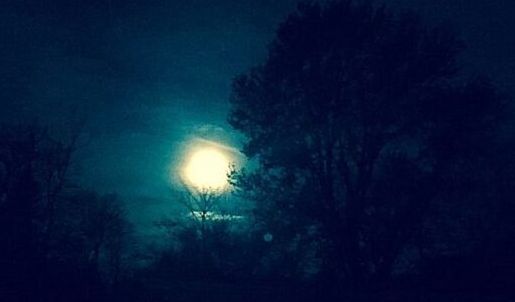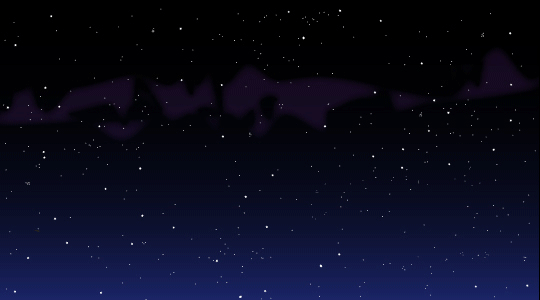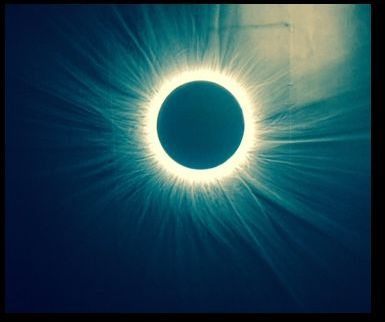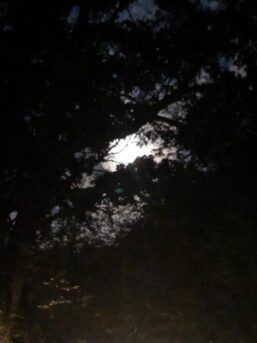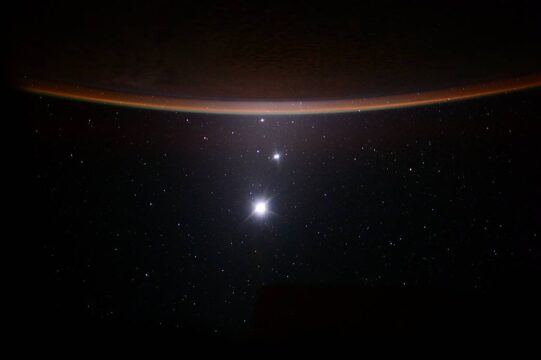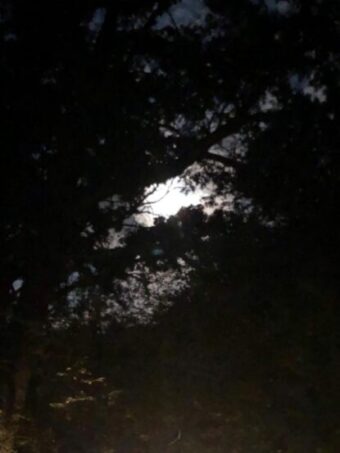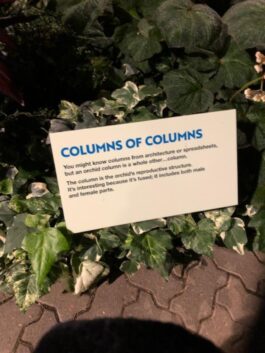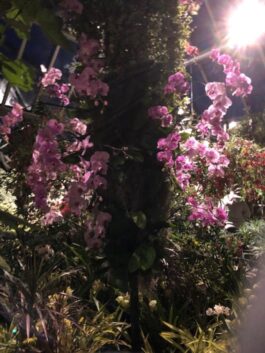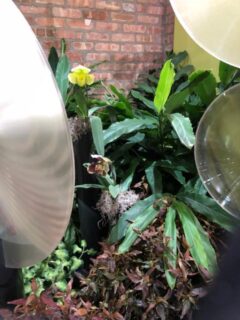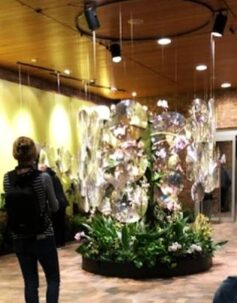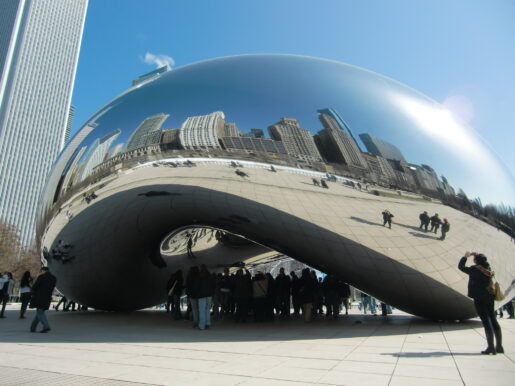
Music floats on summer breezes in southeastern Highland Park, a suburb in Lake County, IL north of Chicago and on the North Metra train line. That is where you will find Ravinia Festival, summer host of the Chicago Symphony Orchestra and dozens of concerts from classical and folk to pop and jazz.
But if summer won’t work plan to go this fall when “Hamilton” returns in mid-September. See more schedule info at Chicago Theater and Arts.
Either way, summer and fall are good times to yell and gobble hotdogs and cheesy fries or nachos at Wrigley field for a Cubs game or at Guaranteed Rate Field for a White Sox game.
Chicago’s museums also are interesting destinations this year.
The Art Institute of Chicago is holding a blockbuster van Gogh exhibit. called “Van Gogh and the Avant Garde: The Modern Landscape,” it runs May 14 to September 4. If you are driving, Route 66 actually starts on the south side of the museum but the sign for it faces the Art Institute across Michigan Avenue. AIC is at 111 S. Michigan Avenue.
With the recent change of England’s royal family, now is perfect to see “First Kings of Europe at the Field Museum. It’s 1400 S. Lake Shore Drive on the city’s Museum Campus with the Shedd Aquarium and Adler Planetarium.
BTW, Lake Shore Drive is now called Jean Baptiste Point DuSable Lake Shore Drive to honor its first non-native settler.
Three must stops:
The Chicago Cultural Center, covering a Michigan Avenue block from Randolph to Washington Street, was once the city’s main library and called the “People’s Palace.” its marble staircase and mosaic walls at the Washington Street entrance and cultural information room at the Randolph Street entrance, plus art exhibits on almost every floor are all worth stopping time.
Millenium Park sits across Michigan Avenue from the Cultural Center. This is where you find the city’s famed Bean., also called Cloud Gate, the Pritzker Pavillion/lawn with Frank Gehry’s sculptural bandshell and the Crown Fountain of Jaume Plensa’s interactive, “spitting” water. There is also a stairway to an upper floor of the Art Institute’s Modern Wing.
The location of the Chicago Architecture Center on the Chicago River just south of Michigan Avenue is great for taking its famous river boat tour. but it is also a building to visit for a build-out of the Chicago Fire and the upstairs exhibits.
Tip: Don’t try to do everything in one or two days.
Jodie Jacobs

